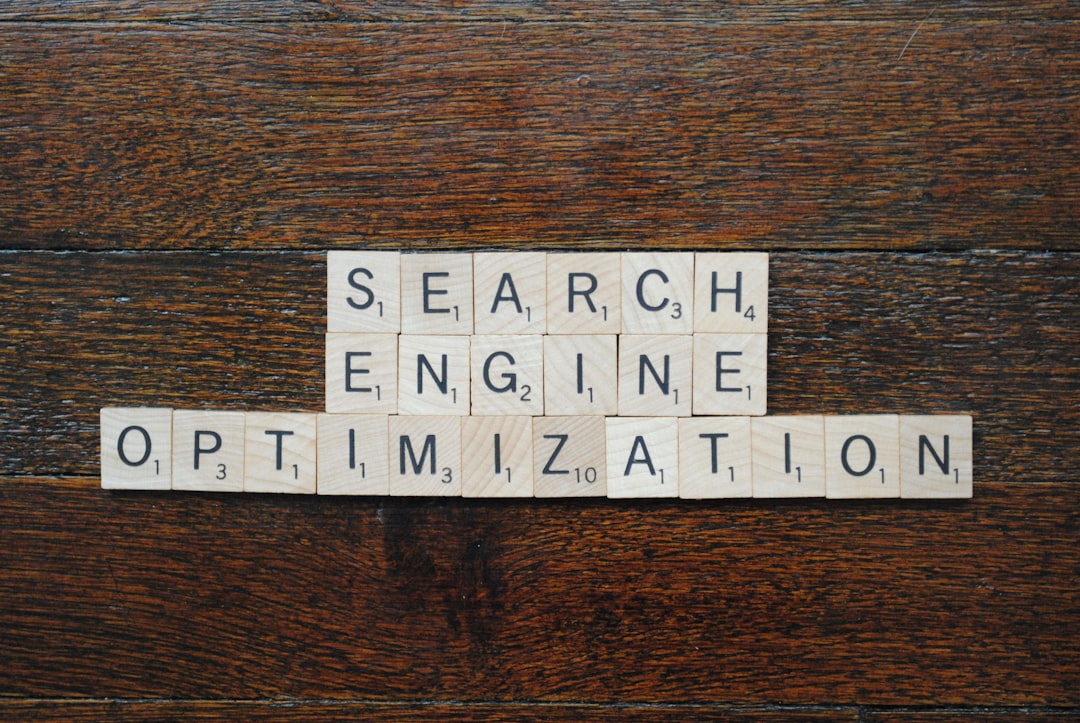As the digital landscape evolves, the way users interact with search engines is shifting dramatically. No longer are people typing in disconnected keyword strings and hoping for the best. Instead, today’s users expect intelligent, conversational answers to their questions—thanks to rapid advancements in artificial intelligence and natural language processing. This transformation is giving rise to what many now refer to as Answer Engines, platforms like Google Search, Bing, and AI-driven assistants that focus on delivering accurate answers rather than a list of links. In this new world, optimizing for keywords alone is no longer enough. It’s time for digital marketers, SEO professionals, and content creators to pivot toward a new optimization method: entity-based SEO.
Understanding the Shift from Keywords to Entities
The traditional SEO strategy heavily relied on keyword targeting—if users searched for “best Italian restaurant in New York,” SEO experts would ensure those exact words were inserted into a web page’s content, meta titles, and tags. While this still has merit, it’s become clear that search engines now interpret deeper, contextual meaning behind queries, using machine learning models and Knowledge Graphs to understand entities.
In SEO, an entity is essentially any singular, unique, well-defined object or concept. This can be a person, place, product, company, idea, or even a moment in history. For instance, “New York” is not merely a group of letters; it represents a specific geo-entity with recognized relationships to other entities like neighborhood names, tourist sites, and restaurants.

Search engines like Google are placing far greater emphasis on these entities, as doing so allows them to understand the intent and meaning behind queries. Rather than matching keywords literally, they analyze how different entities connect to each other within structured databases, providing more relevant and accurate responses.
Why Answer Engines Prioritize Entities
Modern Answer Engines work more like human brains. They use a mix of NLP (Natural Language Processing), neural networks, and semantic databases like Wikidata and Freebase to understand what a query is really asking. This process is called semantic search, and it significantly improves user experience.
For example, when someone searches for “Leonardo DiCaprio movies from the 90s”, a search engine that relies on keyword-only relevance might match pages with those exact terms. But an entity-aware Answer Engine understands that Leonardo DiCaprio is an actor and connects that entity with a timeline of movie outputs, filtering the correct films from the 1990s without needing the page to say “Leonardo DiCaprio movies from the 90s” verbatim.
Such intelligence is only possible by understanding the relationships between entities. Therefore, content creators must now optimize content not only for how often a term appears, but for what that term represents in the real world and its connections to other meaningful ideas.
Practical Steps to Optimize for Entities
Transitioning to an entity-first strategy does not mean abandoning keywords altogether. Instead, it supplements keyword marketing with a more robust structure that aligns with how machines understand meaning. Here are some practical steps for implementing entity-based optimization:
- Use Structured Data Markup: Implement schema.org tags to help machines identify entities in your content clearly.
- Create Content Around Topics, Not Just Words: Aim to write comprehensive content that covers an entire subject area, not just isolated keywords.
- Link Internally Between Related Entities: Build strong internal link architectures connecting your pages around entity relationships (e.g., authors to genres, services to industries).
- Cite Authoritative Sources: Link to well-known, structured resources (Wikipedia, Wikidata) when mentioning recognized entities to reinforce context.
- Optimize for Featured Snippets: Lay out content in question-answer format, bullet lists, or tables to increase the chances of being pulled as a direct answer fragment.

Entities and E-E-A-T: Beyond Technical SEO
Answer engines also evaluate the quality and reliability of content through metrics resembling Google’s E-E-A-T (Experience, Expertise, Authoritativeness, and Trustworthiness). By associating your brand or author names with established entities or topics, you boost credibility within that semantic web.
This is vital. For example, if your site frequently publishes health-related content and is linked or cited by reputable institutions (like Mayo Clinic or the CDC), search engines can associate your brand as an established entity within the health domain. Thus, integrating entities into your long-term brand strategy not only boosts discoverability but also increases perceived expertise and reliability.
How AI and LLMs Are Accelerating the Entity Revolution
Large Language Models (LLMs) like GPT-4 and Google’s Gemini utilize knowledge graphs and semantic relationships extensively to understand context. These AI systems form the backbone of modern Answer Engines. They’re less about recognizing repetitive keywords and more about evaluating the semantic depth, clarity, and accuracy of an answer.
In future SEO landscapes, content that aligns with how these AI systems process and relay information will consistently outperform superficial, keyword-stuffed articles. This makes entity optimization central not just to website SEO but to visibility in voice search, AI chat results, and other emerging Answer Engine platforms.
Entity-Based SEO Tools and Resources
For those ready to begin their journey into entity-based optimization, several tools offer insights into how content performs in the semantic space:
- Google’s NLP API: Identifies entities in your content and categorizes them.
- InLinks: Maps topics to pages by analyzing entities and internal links.
- Kalicube Pro: Optimizes brand SERPs through structured data and knowledge panels.
- SEMrush Topic Research: While still keyword-focused, it starts tying related questions and topics—an early bridge toward entity focus.

Conclusion
The future of search is clearly driven by intelligent Answer Engines that prioritize meaning over mechanics. To stay ahead, digital professionals must tune their content toward the structure and relationship of entities rather than relying on pure keyword density. Entity-based SEO not only enhances visibility in AI-driven environments but establishes a more authentic and lasting digital presence. Those who make the shift early will enjoy long-term benefits in the rapidly evolving semantic web.
Frequently Asked Questions (FAQ)
What is an entity in SEO?
An entity in SEO is a clearly defined person, place, object, idea, or concept that is unique and distinguishable. Examples include “Elon Musk,” “New York City,” or “electric vehicles.” Entities help search engines understand context and relationships.
Is keyword optimization no longer important?
Keyword optimization is still relevant, but it plays a supporting role. Contextual understanding through entities has become more critical, especially for achieving higher rankings and voice search visibility.
Do I need technical skills to implement entity-based SEO?
Some aspects, like implementing structured data, may require technical knowledge. However, many tools simplify this process, allowing even non-developers to optimize for entities effectively.
How do entities relate to featured snippets?
Answer Engines identify content that directly answers questions by analyzing the relationship between entities in the query and in the content. Structuring your data accordingly increases the chances of appearing in featured snippets.
Can small businesses benefit from entity-based SEO?
Absolutely. By establishing their brands, products, and locations as entities and connecting them to the broader web of knowledge, even smaller businesses can gain better visibility and trust from search engines.








